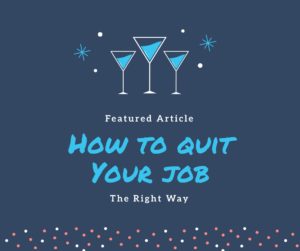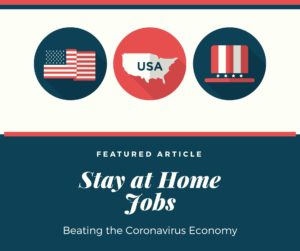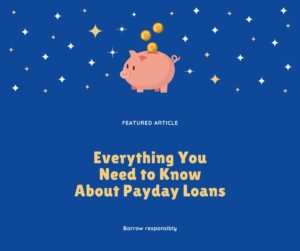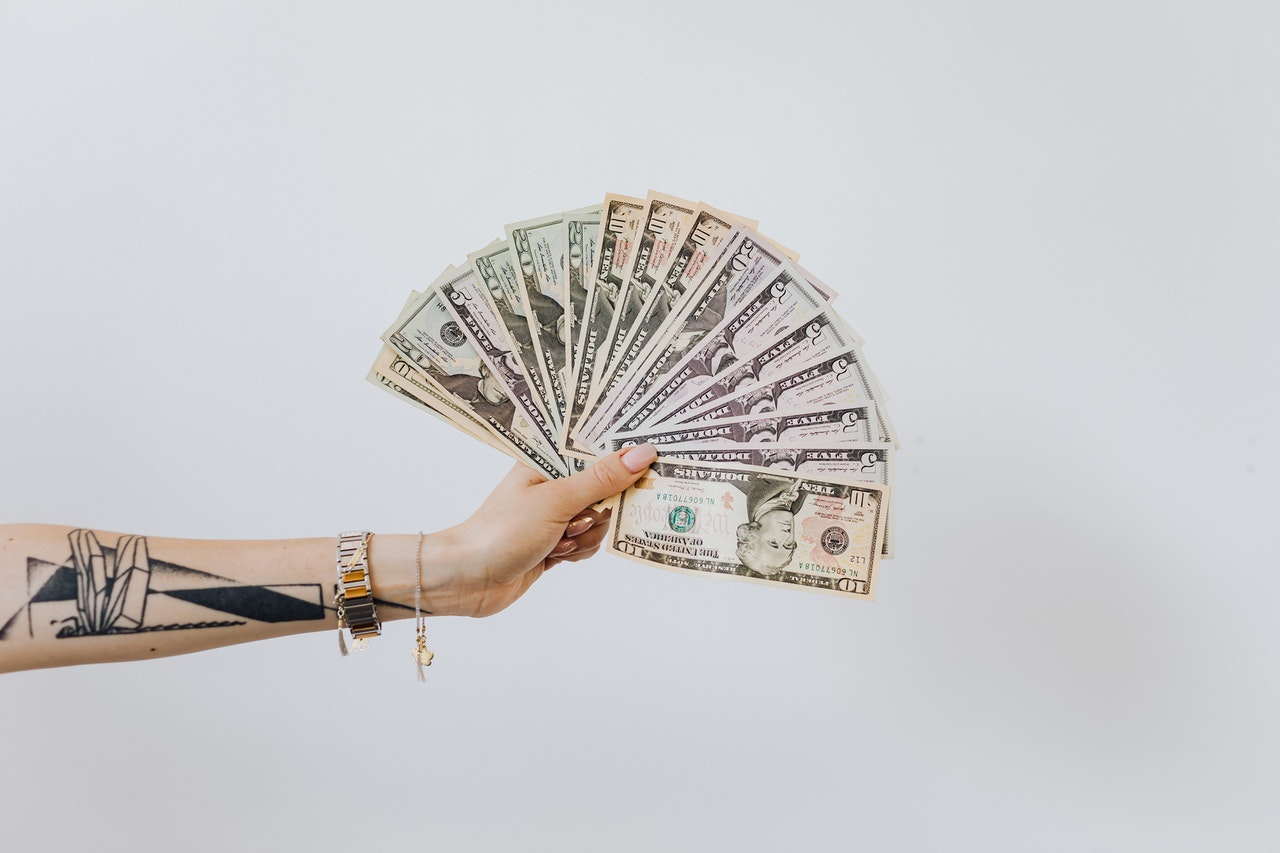What Types of Accounts Qualify for the Waiver?
All retirement accounts are affected. This includes IRAs, Roth IRAs, SEP IRAs, SIMPLE IRAs, 401ks, pension plans, 457 plans, and 403 (b) plans.
It’s also important to know that you can take out as many loans as you want just as long as the amount does not exceed $100,000.
What Can I Use the Money For?
There are no rules as to what the money needs to be used for specifically. You can use it for personal expenses, education expenses, or business purposes. It’s your money, so you decide what you need to use it for.
If you take out more money than you end up needing, you can pay it back in one lump sum.
What Does the Legislation Mean for Retirees?
The legislation also loosens the rules for retirees and their retirement accounts. Rules call for retirees to start taking money out of their tax-deferred accounts when they reach their early 70s. They pay taxes on the amount that’s taken out. During the 2020 calendar year, that rule is rescinded.
This can be a big help for retirees because the amount they would have been required to withdraw would have been based on their 2019 account balances. Those balances would have been much higher than they are now. Since the coronavirus hit, the markets have taken a huge hit, with the impact being seen in many people’s retirement accounts.
What Else Does the Legislation Do?
The legislation also aims to help people who already have a 401k loan. Any outstanding loans due before December 31, 2020, have been delayed for up to one year. This can help people who may owe the money but now don’t have the money to pay it because of the coronavirus.
Besides waiving the penalty for 401k withdrawal, the legislation also extends the 2019 IRA contribution deadline to July 15, 2020, from the usual April 15th dadline. Also, if you took an early withdrawal from a 401k account or IRA in 2019 before you were 59 ½ and were charged an early withdrawal penalty, you can now delay that penalty payment. That payment won’t be due until July 15, 2020, which is now the new tax filing deadline.








